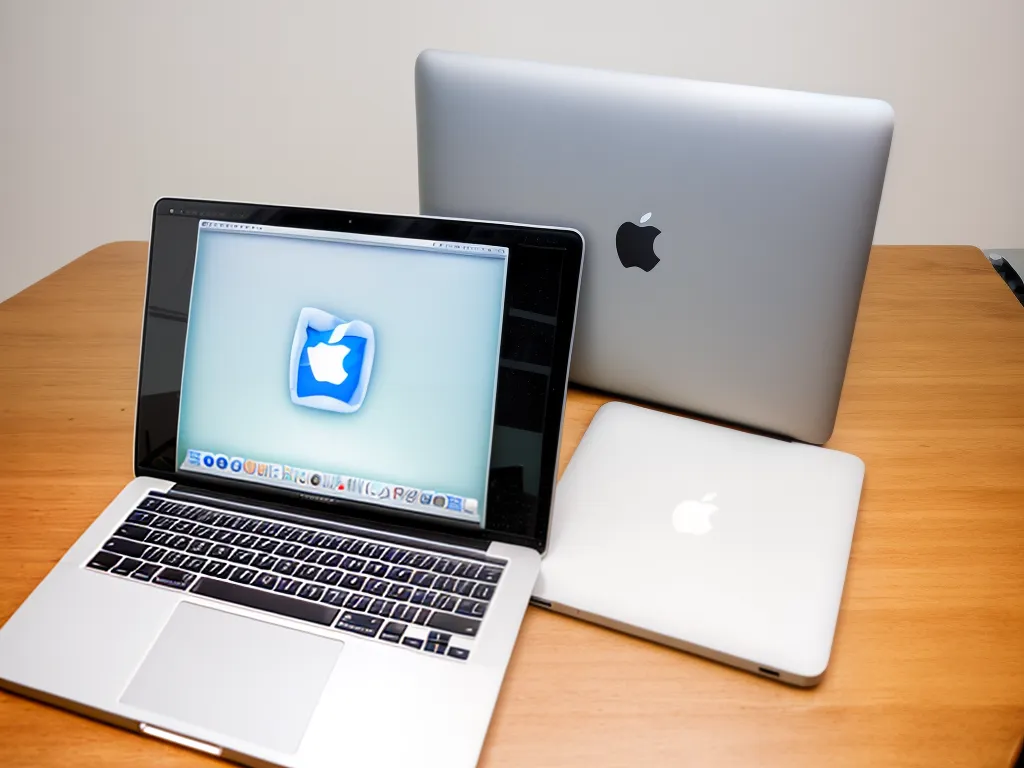
Introduction
Having a MacBook battery that drains too quickly can be extremely frustrating. A fast draining battery means you need to charge more often and have less time to work away from an outlet. Thankfully, there are several ways to troubleshoot and fix a MacBook battery that is draining too fast. In this comprehensive guide, I will walk through all the common causes of a fast draining MacBook battery and provide actionable steps to resolve the issue.
Check Activity Monitor for Power Hungry Apps
The most common reason for fast battery drain is power hungry applications running in the background. To identify these apps:
-
Click on the Apple menu and select “Activity Monitor”.
-
Click the “% CPU” tab to sort applications by CPU usage.
-
Look for any apps using high CPU resources while your MacBook is on battery power.
-
Quit these apps to see if it makes a difference in battery life.
Apps like Chrome, Slack and Adobe programs are notorious for draining battery life. Try using Safari instead of Chrome and quitting Slack when not needed.
Update to the Latest macOS
Outdated software can sometimes cause battery issues. Ensure your Mac is updated to the latest macOS version:
-
Click the Apple menu and select “System Preferences”.
-
Click “Software Update”.
-
Install any macOS updates that are available.
-
Restart your MacBook after the update completes.
Updating provides battery optimizations and fixes that can improve your battery life.
Reset SMC and PRAM
Resetting the System Management Controller (SMC) and Parameter RAM (PRAM) can help calibrate the battery and resolve software issues impacting battery life.
To reset the SMC and PRAM:
-
Shut down your MacBook.
-
Press and hold the power button for 10 seconds.
-
Press and hold the option-command-P-R keys simultaneously for 20 seconds.
-
Power on your MacBook and test if the battery lasts longer.
Resetting these systems clears power management settings and hardware issues that can drain battery.
Check Battery Health
As batteries chemically age, their maximum charge capacity decreases leading to faster drain. To check battery health:
-
Click the Apple menu and select “About This Mac”.
-
Click “System Report”.
-
Select “Power” in the sidebar.
-
Check “Battery Information” for cycle count and condition.
If your battery cycle count is above 1000 or the condition says “Replace Soon”, your battery is worn out and needs to be replaced.
Disable Unneeded Features
You can disable system features that use battery power:
- Turn off Bluetooth when not in use.
- Dim screen brightness under battery settings.
- Turn off keyboard backlighting.
- Disable FileVault disk encryption.
- Turn off automatic graphics switching.
Disabling unneeded features prevents battery drain. Monitor if any make a significant difference.
Summary
A fast draining MacBook battery can be very annoying. By following the troubleshooting steps in this guide, you should be able to identify and resolve the battery drain issues. Check for power hungry apps, update macOS, reset SMC/PRAM, monitor battery health and disable unneeded features. With consistent testing and troubleshooting, you should be able to regain normal battery life again.












